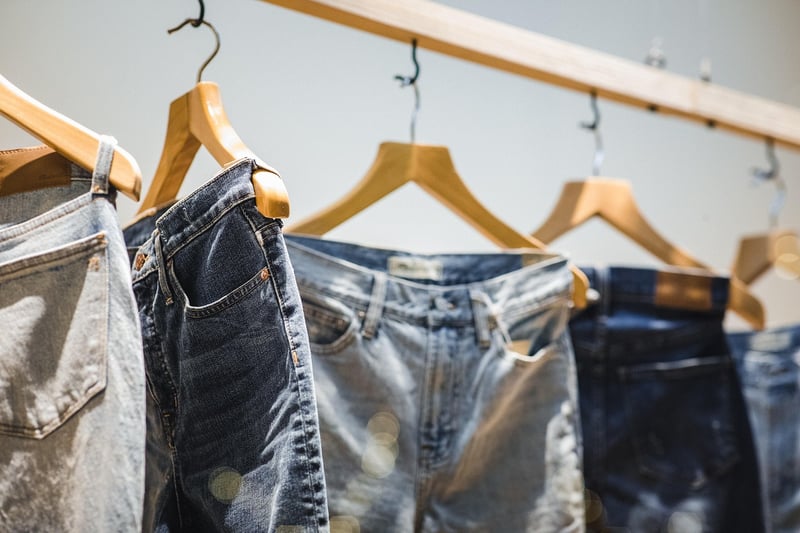Eco-Friendly Textiles
Trendy Wearables from Recycled Fabrics + Eco-Friendly Textiles
The Rise of Eco-Friendly Fashion
In recent years, there has been a significant shift towards sustainable and eco-friendly fashion choices. As consumers become more conscious of the environmental impact of their clothing purchases, designers and brands are increasingly turning to recycled fabrics and eco-friendly textiles to create trendy wearables that are both stylish and sustainable.
Recycled Fabrics
Recycled fabrics are materials that have been reprocessed from post-consumer or post-industrial waste. These fabrics can include anything from recycled plastic bottles to upcycled denim. Not only do recycled fabrics help reduce the amount of waste ending up in landfills, but they also require fewer resources to produce compared to virgin materials.
Popular recycled fabrics used in fashion today include:
- Recycled Polyester
- Organic Cotton
- Tencel (Made from Eucalyptus Trees)
- Hemp
Benefits of Recycled Fabrics
Choosing recycled fabrics for clothing production offers numerous benefits, such as:
- Reduction of Waste
- Conservation of Resources
- Lower Carbon Footprint
- Promotion of Circular Economy
Eco-Friendly Textiles
In addition to recycled fabrics, eco-friendly textiles are also gaining popularity in the fashion industry. These textiles are made from sustainable and renewable sources, often produced using environmentally friendly processes that minimize harm to the planet.
Some examples of eco-friendly textiles include:
- Organic Linen
- Bamboo Fiber
- Pinatex (Made from Pineapple Leaves)
- Peace Silk (Ahimsa Silk)
Advantages of Eco-Friendly Textiles
Opting for eco-friendly textiles in fashion design offers various advantages, such as:
- Biodegradability
- Renewable Sourcing
- Non-Toxic Production
- Support for Sustainable Agriculture
Conclusion
As the fashion industry continues to embrace sustainability, the use of recycled fabrics and eco-friendly textiles is becoming more prevalent. By choosing clothing made from these materials, consumers can not only stay on-trend but also contribute to a greener and more sustainable future for the planet.


